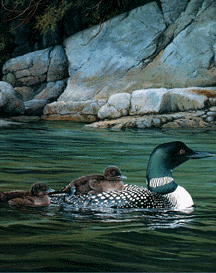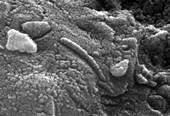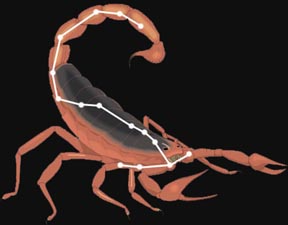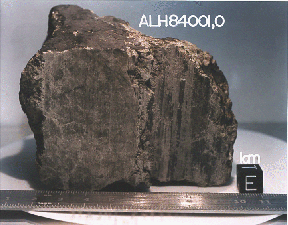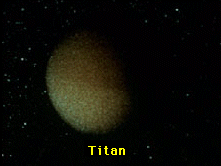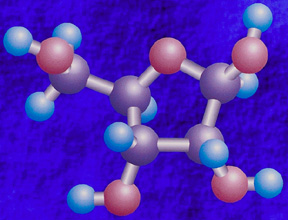Animal Kingdom

Spiny Anteaters are one of the few animals that lay eggs. (Image courtesy of Corel Photography)
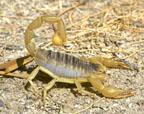
Watch out for the scorpion's tail! (Image courtesy of Corel Photography)

Roadrunners hide in the bushes to stay cool. (Image courtesy of Corel Photography)
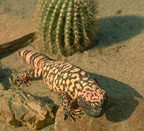
Gila monster. (Image courtesy of Corel Photography)
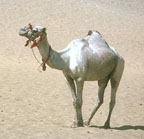
Camel in the desert. (Image courtesy of Corel Photography)

Robberfly. (Courtesy Corel Photography)

Short-eared owl
Image courtesy of Corel Photography.
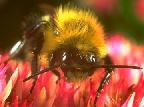
Bee on flower
Image courtesy of Corel Photography

Autotroph
Image courtesy of Corel Photography
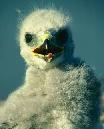
Heterotroph
Image courtesy of Corel Photography

Polar Bear
Image courtesy of Corel Photography
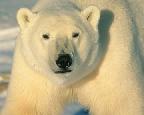
Polar Bear
Image courtesy of Corel Photography

Jaguar
Image courtesy of Perfect Vision Graphics
Loon
Image courtesy of Perfect Vision Graphics

Seagull
Image courtesy of Corel Photography
Kingdom Fungi
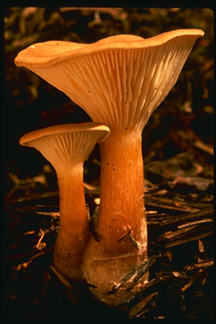
Lactarius deliciosus
Image courtesy of Corel Photography
Kingdom Plantae

Autumn Leaves
Image courtesy of Corel Photography

A rosebush called Heaven
Image courtesy of C. Alexander

A rosebush called Pristine
Image courtesy of C. Alexander
Kingdom Protista
 School of Anthias over green algae
School of Anthias over green algaeImage courtesy of Corel Photography
Monera Kingdom
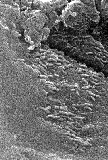
Bacteria. (Courtesy NASA/JPL)
Environments

Image courtesy of Corel Photography

Image courtesy of Corel Photography
Organic Molecules

Benzene
Image courtesy of JPL/NASA
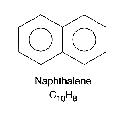
Naphthalene
Image courtesy of JPL/NASA

Phenanthrene
Image courtesy of JPL/NASA

Pyrene
Image courtesy of JPL/NASA

Chrysene
Image courtesy of JPL/NASA

Perylene
Image courtesy of JPL/NASA
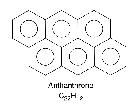
Anthanthrene
Image courtesy of JPL/NASA
Go back to Mars , Pluto, Mercury, Saturn, Neptune, Venus, Moon , Jupiter, Asteroids, Comets, Sun , Missions, Uranus, Astrophysical Objects, Mariner Images, Viking Images, Mars Pathfinder Images


